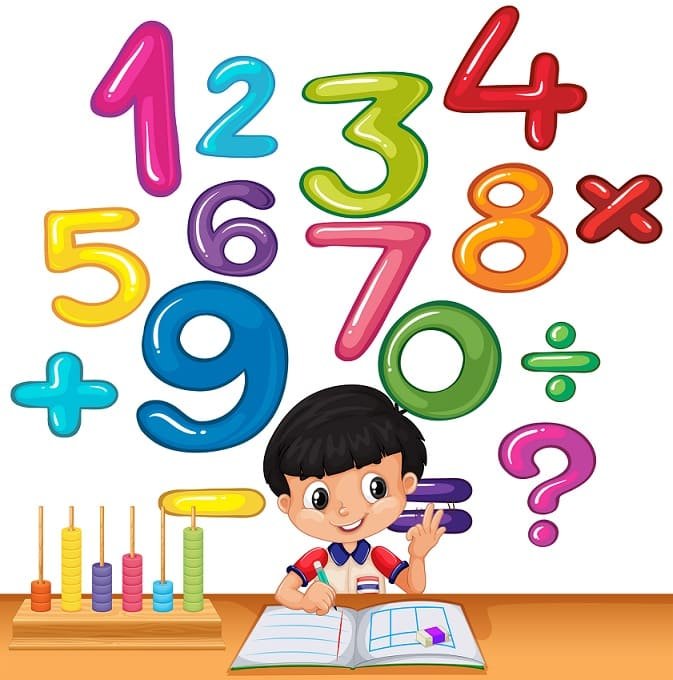
Table of Contents
What are Rational Numbers
Rational numbers are a fundamental concept in mathematics that plays an important role in everyday life. These numbers can be expressed as a ratio of two integers. They can be written in the form a/b, where a and b are integers and b is not equal to zero. In this article, we will explore the concept of rational numbers in the context of the NCERT textbook for class 9 and provide easy steps and tricks to help students understand this important topic.
Examples of Rational Numbers
Example -1. Find a rational number between 1 and 2.
Solution :
To find the rational number between a and b, we can add a and b and divide the sum by 2, i.e. (a+b)/2 lies between a and b. So, (1+2)/2 =3/2 is a number between 1 and 2.
Example-2. Find five rational numbers between 2/5 and 4/3.
Solution :
First, make the denominator of both the numbers same
2×3/5×3=6/15
4×5/3×5=20/15
So, rational numbers between 6/15 and 20/15 are 7/15, 8/15, 9/15, 10/15, 11/15.
IMP: There are infinitely many rational numbers between any two given numbers.
Every integer is a rational number because every integer m can be expressed in the form m/1 but every rational number is not an integer e.g. 3/5 is not an integer.
What are Irrational Numbers
Irrational numbers cannot be expressed as a simple fraction or ratio of two integers. They have an infinite number of non-repeating decimal places, for example, (pi) or 2 (square root of 2). In other words, all those numbers which are not rational numbers are Irrational numbers.
Irrational numbers are important in many areas of mathematics, including geometry, calculus, and number theory. They also have applications in fields such as physics, engineering, and computer science.
Examples of Irrational Numbers
- √6 (square root of 6) is an irrational number. It represents the length of the diagonal of a rectangle with sides of lengths 1 and 2.
- √10 (square root of 10) is an irrational number that appears in many mathematical formulas and equations.
- √12 (square root of 12) is the length of the diagonal of a rectangle with sides of lengths 2 and 3.
- √15 (square root of 15) is the length of the diagonal of a rectangle with sides of lengths 3 and 4.
- √20 (square root of 20) is another irrational number. It represents the length of the diagonal of a rectangle with sides of length 4 and 5.
Importance of Rational and Irrational Numbers
Finally, rational and irrational numbers are fundamental concepts in mathematics that are important in many fields of science, engineering, and technology. Together, rational and irrational numbers form the foundation of real numbers, which are used to solve problems in physics, finance, and computer science.
FAQ: Rational and Irrational Numbers
Ans: ✓ 2 is not a rational number. It is an irrational number.
Ans: Zero is a rational number as any number can be divided by 0 and equal 0
Ans: √2+25 is an irrational number.
Ans: Here are the rules of Rational and Irrational Numbers:
1. The addition of two rational numbers is always a rational number.
2. The multiplication of two rational numbers is always a rational Number.
3. The multiplication of two irrational numbers is not always irrational.
4. Every irrational number is a real number whereas every real number is not an irrational number.
5. The addition of two irrational numbers is not always irrational.
Want to know about Real numbers, then please check this article – Real Numbers Definition
